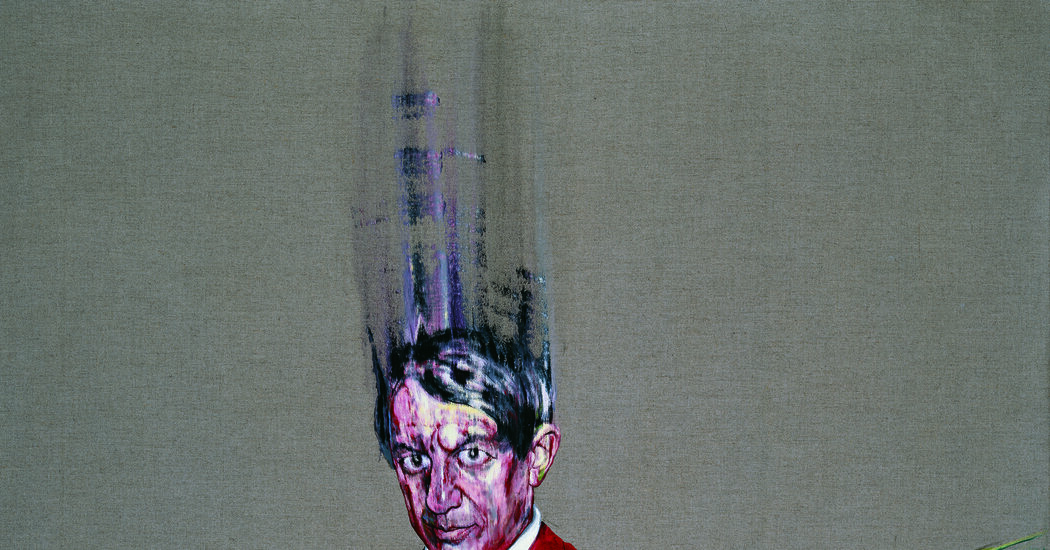
The exhibition at M+ pairs the Spanish master’s works with those of four generations of Asian and Asian-diasporic artists, setting up a lively dialogue.
Pablo Picasso stands, cigarette in hand, gazing intently at the viewer. A white pocket square pokes out of his suit jacket; strands of hair reach up to the top of the canvas.
“Picasso” is a 2011 oil portrait by the Chinese contemporary artist Zeng Fanzhi, and it is the first piece visitors see walking into a new exhibition at the M+ Museum in Hong Kong: “The Hong Kong Jockey Club Series: Picasso for Asia — A Conversation.”
Running through July 13, the show combines 72 Picasso works — most of them loans from the Picasso Museum in Paris — with about 140 works by 31 Asian and Asian-diasporic artists, most pulled from the museum’s own collection. The aim is to set up a dialogue between the Spanish master and four generations of Asian artists, the oldest born in the 1860s, and the youngest in the 1990s.
Zeng, who was born in 1964, explained why Picasso was important.
“His work impressed me with its vitality — the fearless innovation, as well as the ventures into the unknown,” Zeng said in an email interview. While he started studying Picasso in his student days, and was long inspired by the Spanish master’s Rose Period, Zeng said that he kept making surprise discoveries, when, for instance, he saw the sketches and preparatory drawings recently shown at the Cleveland Museum of Art, and the sculptures in the 2015-16 survey of Picasso’s three-dimensional works at the Museum of Modern Art in New York.
“Picasso’s career was no static journey,” Zeng said. “I was struck by this pioneering spirit.”
Five decades since his death, and nearly 150 years since his birth, the 20th century’s most famous artist continues to dominate the international art conversation. And now, M+, a museum of visual arts and culture that opened in Hong Kong in late 2021, is continuing that conversation with this exhibit — the first of its kind.
We are having trouble retrieving the article content.
Please enable JavaScript in your browser settings.
Thank you for your patience while we verify access. If you are in Reader mode please exit and log into your Times account, or subscribe for all of The Times.
Thank you for your patience while we verify access.
Already a subscriber? Log in.
Want all of The Times? Subscribe.
